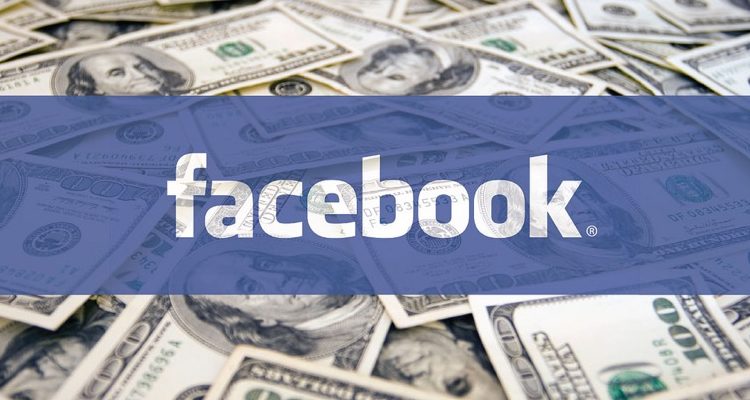
Photo Credit: flickr
There are two sides to every social media platform – the consumer-facing side and the advertiser-facing side. And every few years, there’s typically a fundamental re-think about which of these is more important. After years of favoring the advertisers and focusing primarily on monetization, it looks like the pendulum is about to shift again for the biggest social media platforms.
Before the big social media platforms went public, of course, they were all about the user. They courted new users, made everything free, and generally focused on creating innovative new features. But after platforms like Facebook and X (formerly Twitter) went public, they began to answer to their shareholders, and these shareholders expected them to turn a profit. So the focus shifted to bringing in advertising dollars and monetizing the user experience.
The current situation
Which brings us to where we are today. Users are tired of being monetized, and they are tired of having to answer to the algorithm. On top of all that, new concerns about privacy and censorship have made many users ready to jump ship and explore new platforms. As a result, we’ve seen the recent launch of new social networks that claim to address the problems found in platforms such as Facebook. If you’re tired of political censorship on social media, for example, you now have platforms such as Gab and Truth Social.
One place to see the debate over consumers and advertisers playing out is at Twitter, now known as X after a controversial rebrand earlier this year. Twitter’s new owner, Elon Musk, is making wholesale changes both to the consumer-facing side of the platform, as well as the advertiser-facing side of the platform. For users, he is bringing in new changes to the core algorithm, new subscription tiers with premium services, and new changes in the overall user experience. For advertisers, he has appointed a new CEO, Linda Yaccarino, with years of working closely with top brands. What has yet to be determined, of course, is which side – the consumer-facing side or the advertiser-facing side – ultimately becomes more important to the future success of X.
Are users or advertisers more important?
At the end of the day, social media platforms are businesses. They exist to make a profit, and the only way they can currently do that today is by aggregating as many users as possible, keeping them on the platform as long as possible, and then monetizing them via advertising.
The big hope is that the emergence of new business models will help to create a better balance between the needs of users and advertisers. New subscription-based models, for example, may help to reduce the dependence of big social media platforms on advertising. And that will free them up to focus more on the overall user experience.
Moreover, technological change may provide further help in addressing the current imbalance between users and advertisers. Using blockchain technology, for example, it might be possible to create new forms of decentralized social media. Instead of being controlled by huge tech companies in Silicon Valley, they would instead be controlled by their users. As a result, individual users would have much more control over their own personal data, instead of having this data sold to the highest bidder online.
Whatever happens next, the lessons of the past few years are clear. Social media platforms that forget about the user and only focus on the money are not going to be successful.